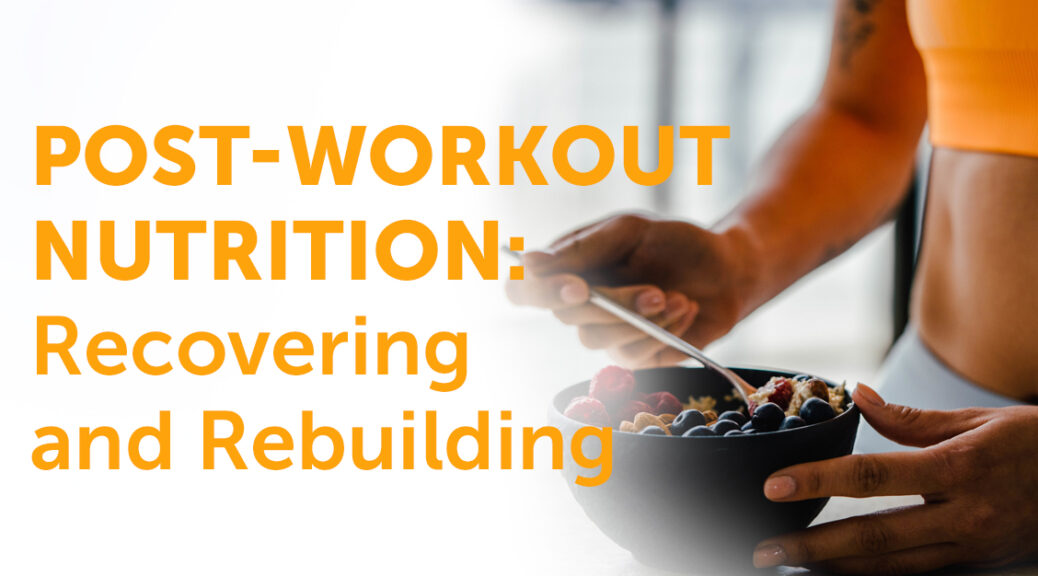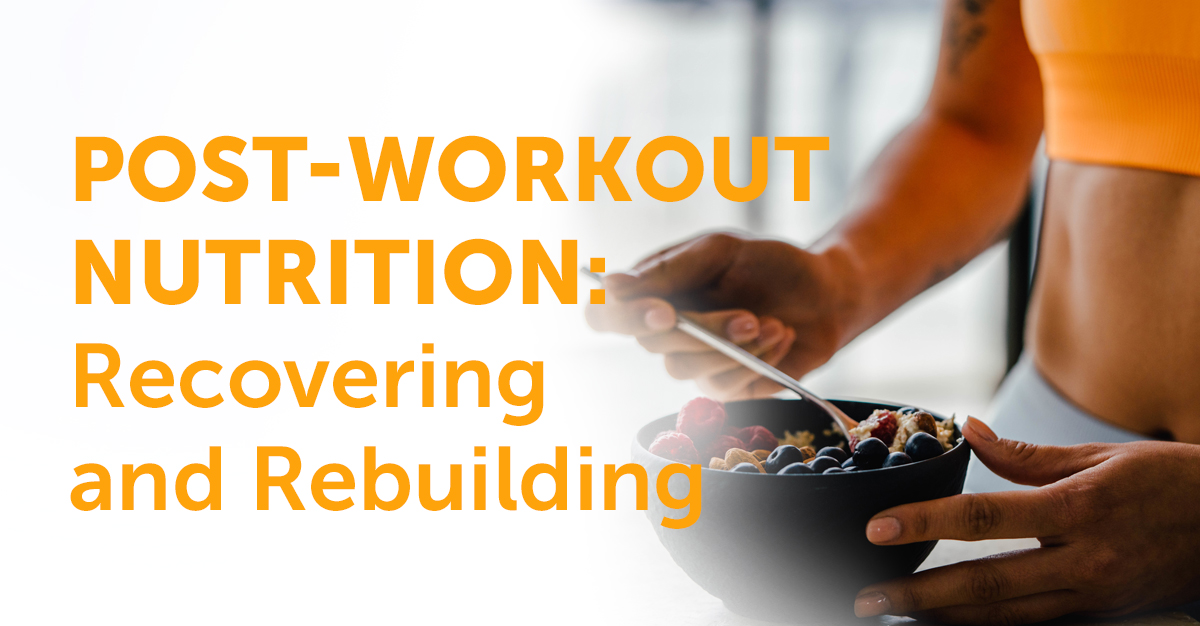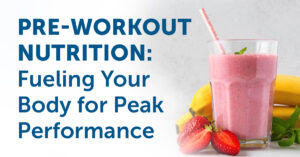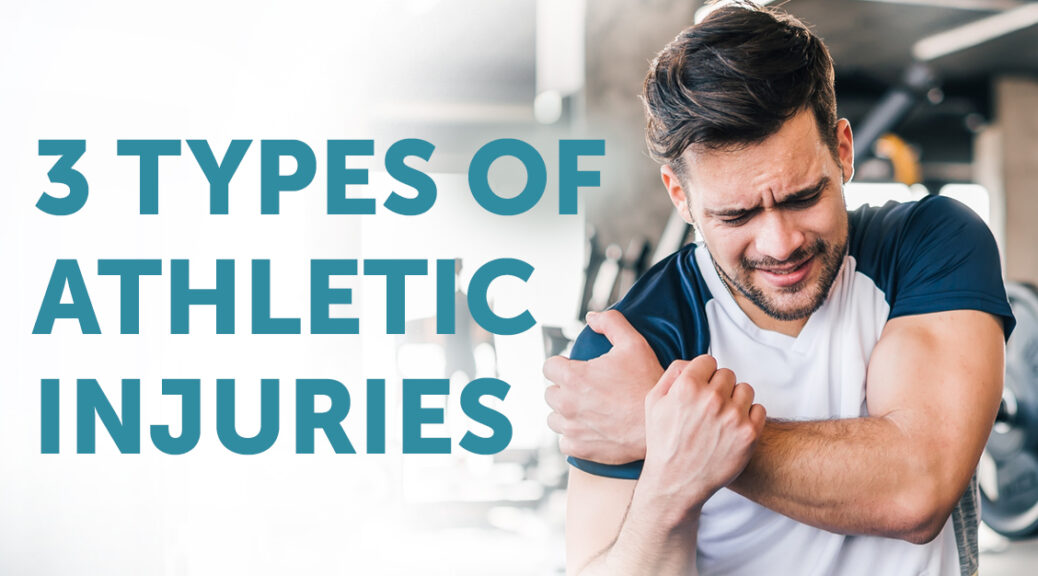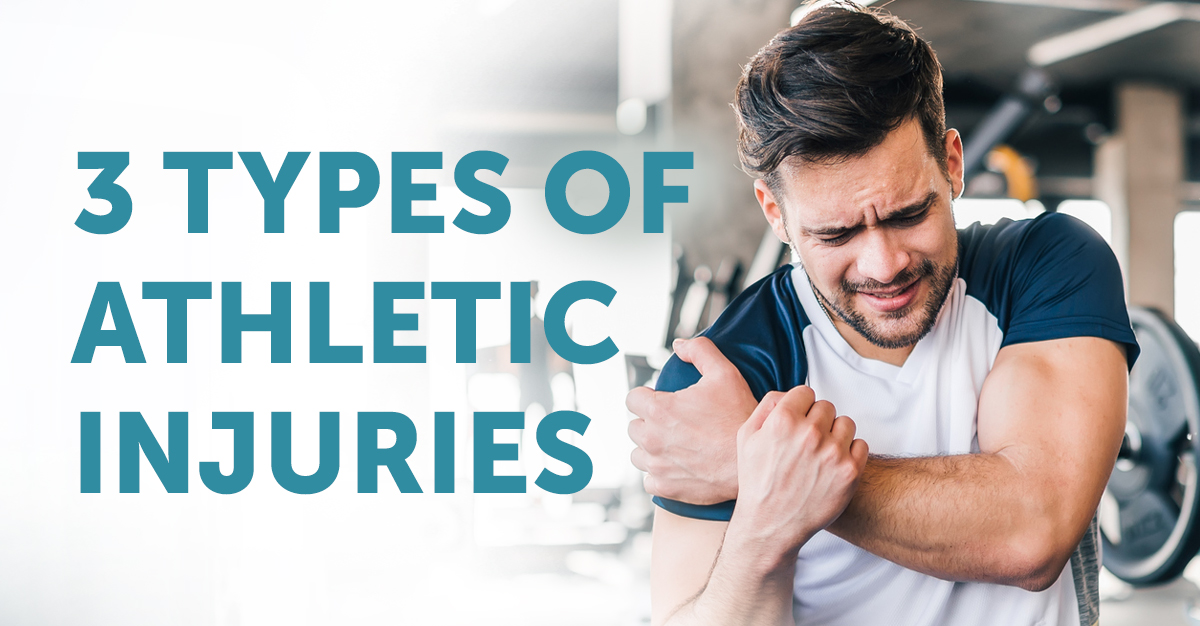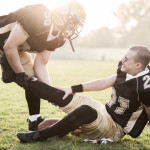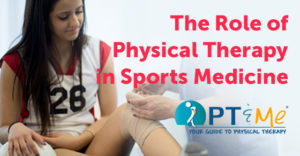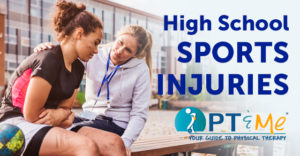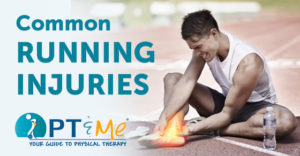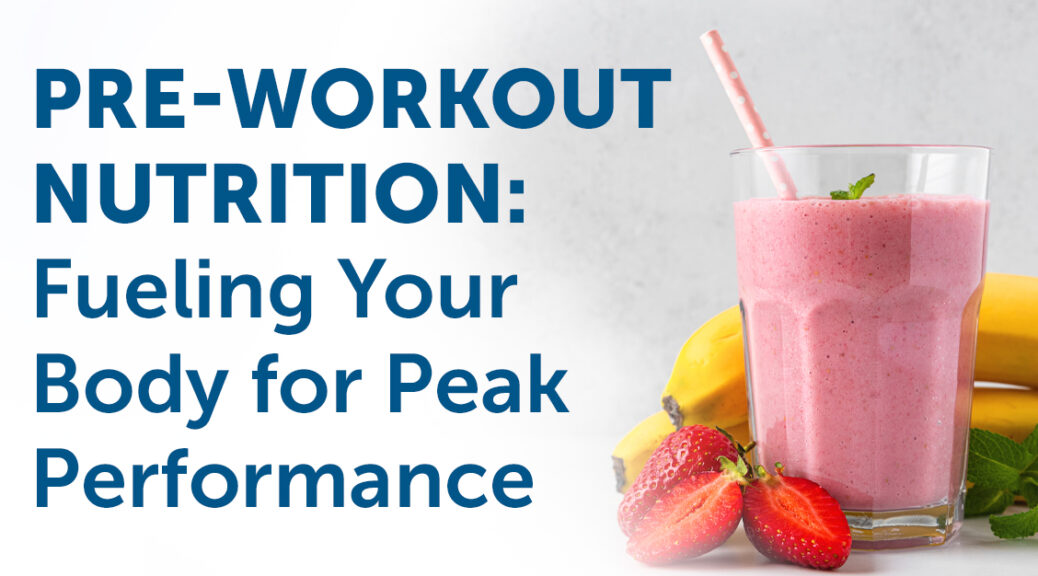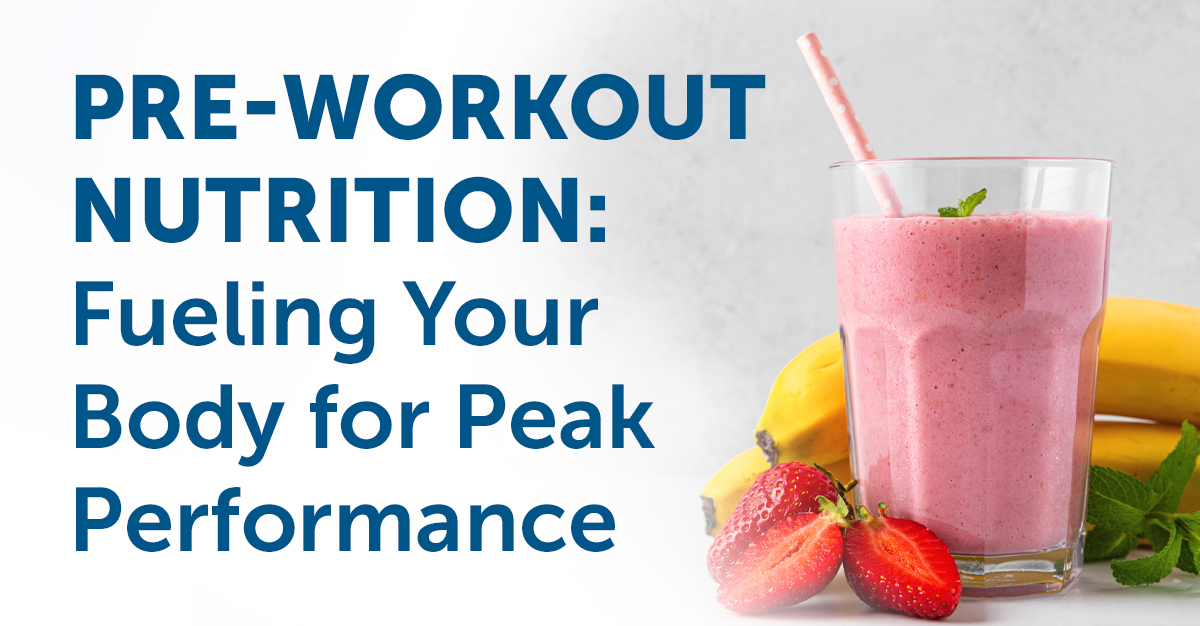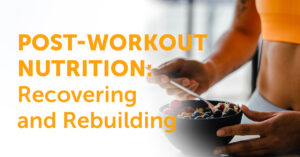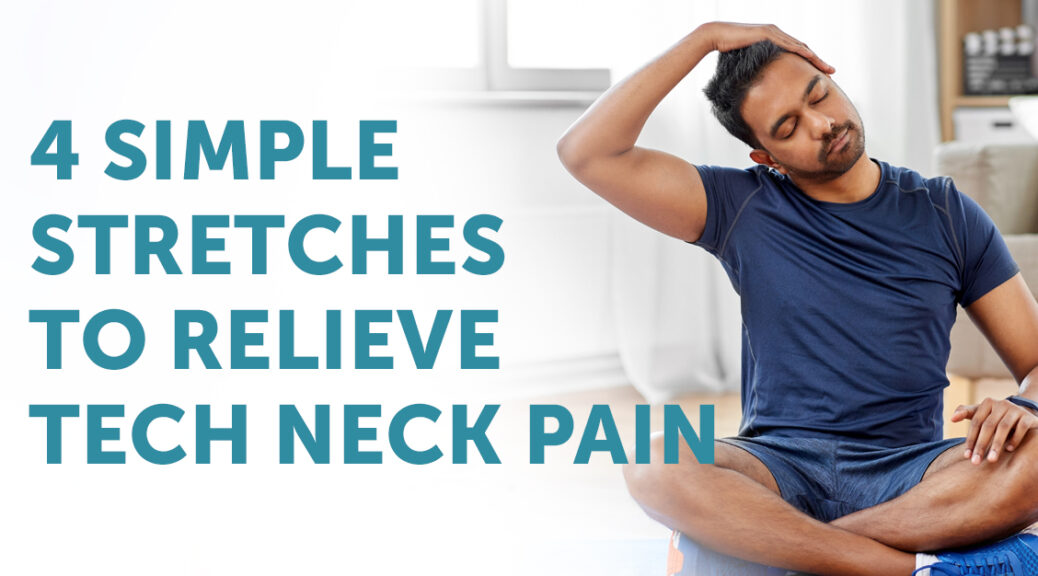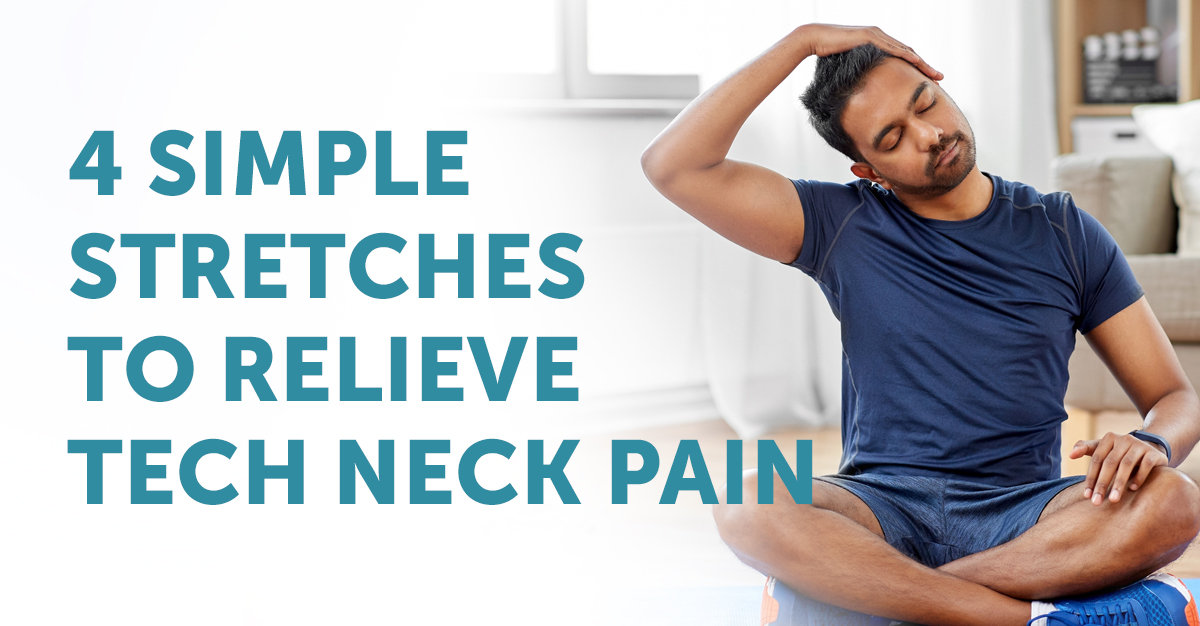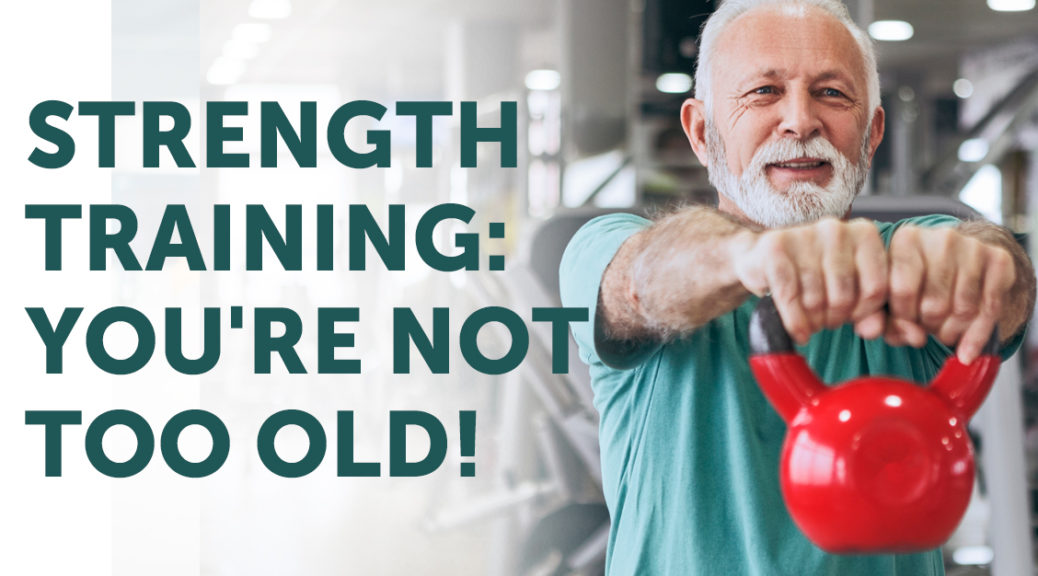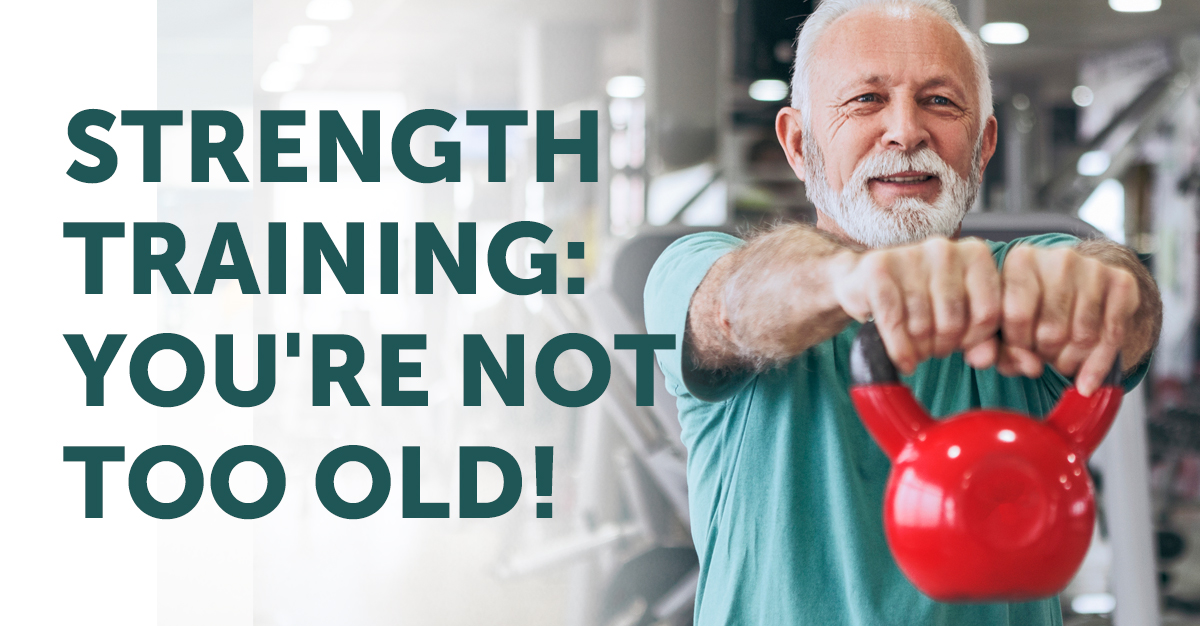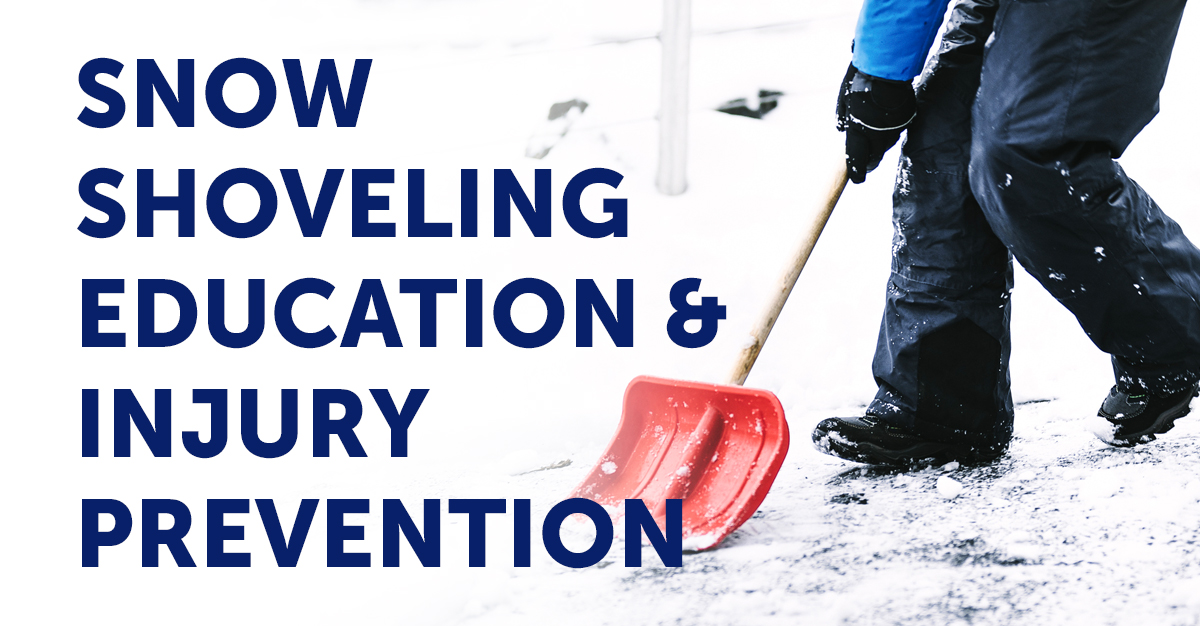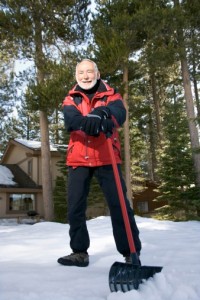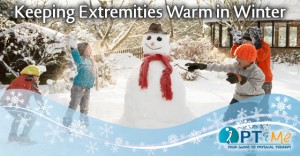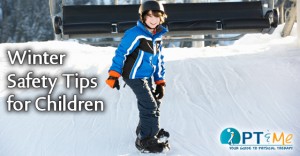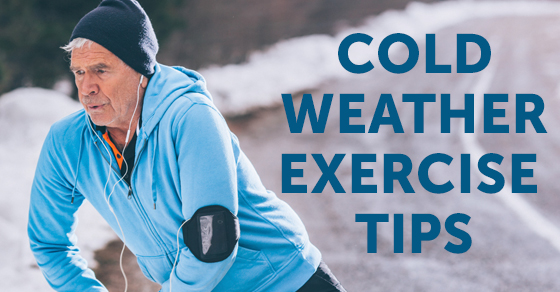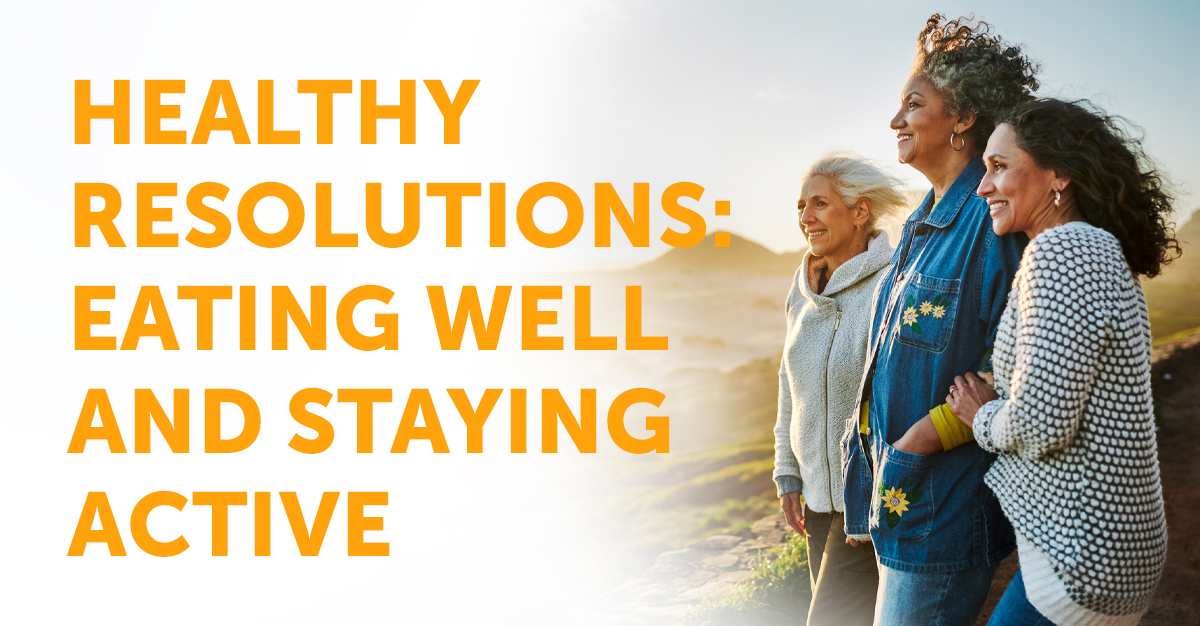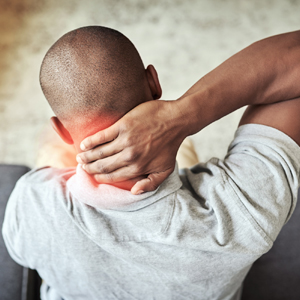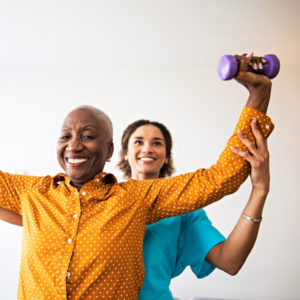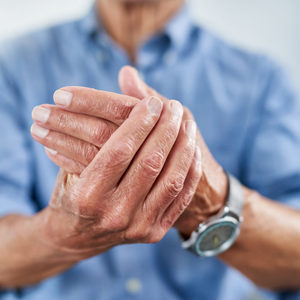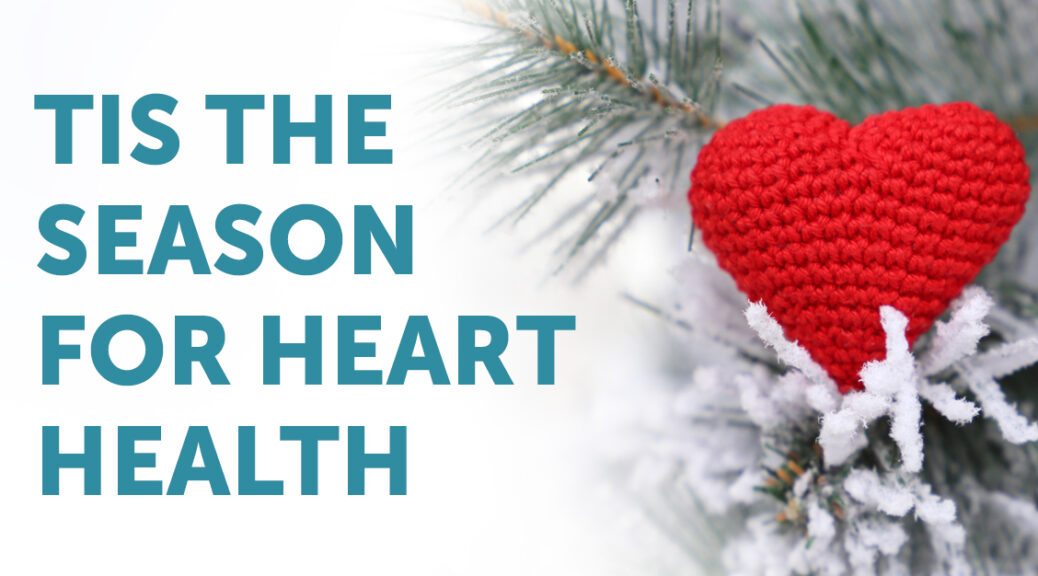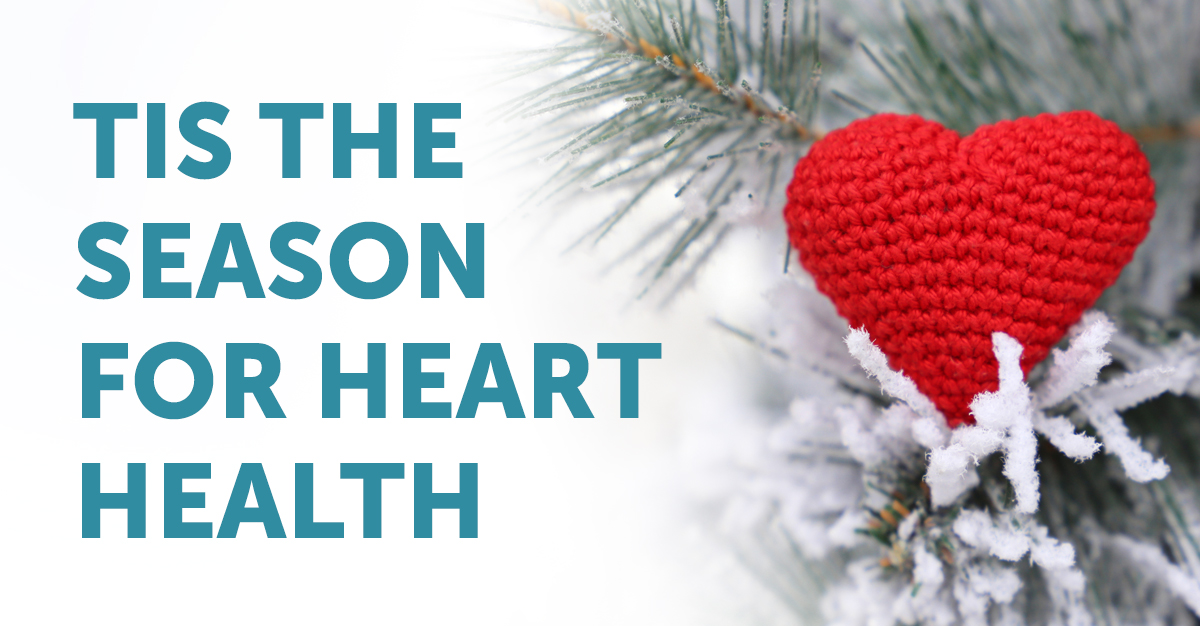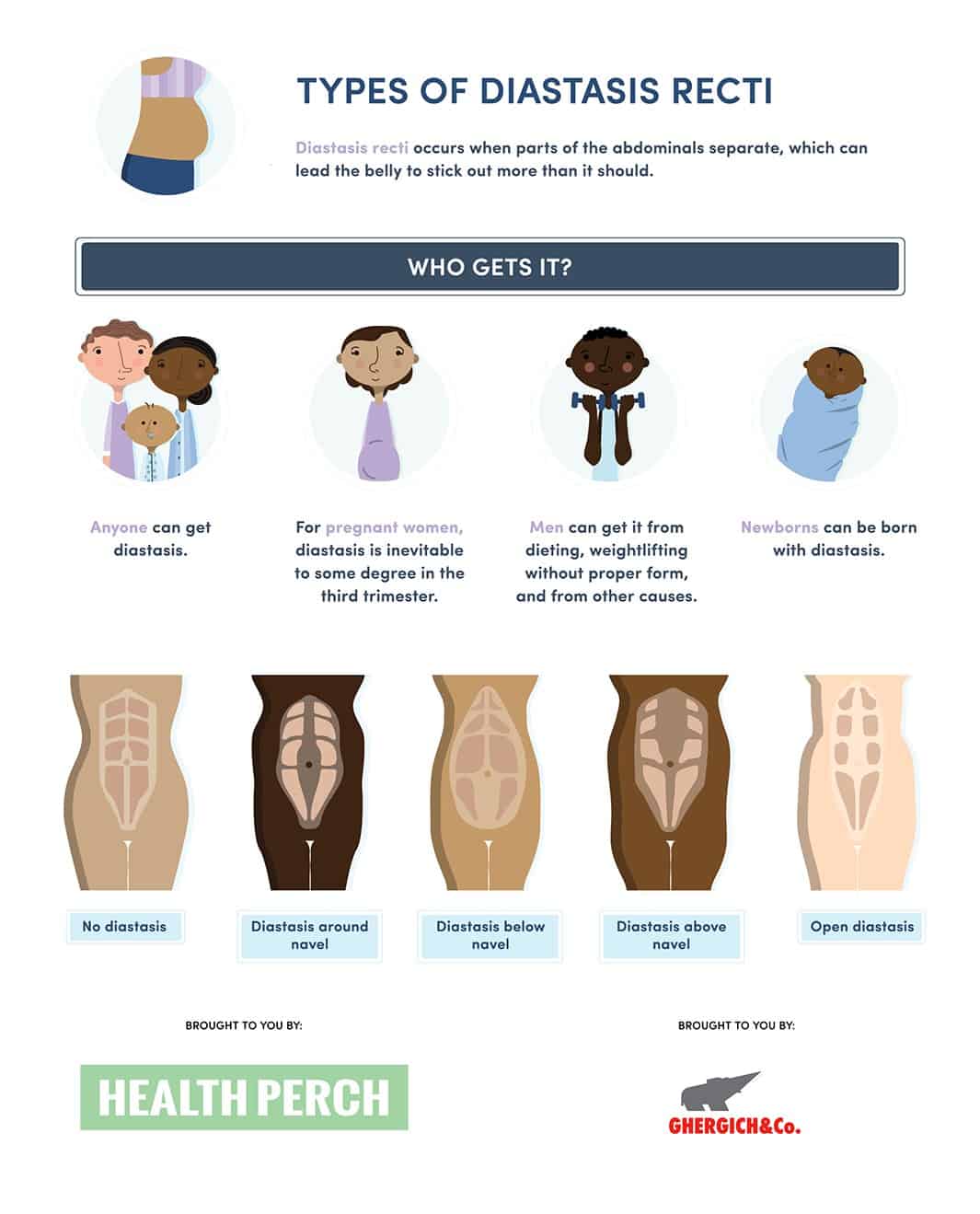You’ve made it! You’ve just finished your workout session or a much-needed appointment with your physical therapist!
You’ve got only one thing on your mind – I’m hungry! Post-workout nutrition is needed to help rebuild muscle fibers recently broken down during exercise. What you eat after a workout is just as important as what you ate before.
When to Eat After a Workout
To maximize recovery, aim to eat a balanced meal within 30–45 minutes post-exercise. This period, known as the anabolic window, is when your body is most efficient at absorbing nutrients for muscle repair and glycogen restoration, a form of fuel stored in the muscles. If this is not possible, have a meal within two hours post-workout to achieve the optimal metabolic response to support muscle rebuilding and repair.
The Ideal Macronutrient Ratio for Post-Workout Nutrition
A post-workout snack or meal should consist of carbohydrates and protein, ideally a three-to-one ratio of carbs to protein, along with some healthy fats. Each of these provides the following benefits:
- Carbohydrates to replenish glycogen stores
- Protein to support muscle repair and growth
- Healthy Fats to reduce inflammation and support recovery
A good general rule is to aim for a snack with at least 10 g of protein and double or triple that in carbs (that’s why a serving of chocolate milk, with 24 g of carbohydrates and 8 g of protein, is such a great post-workout recovery drink). You can go a little higher on the carbs after intense cardio or endurance workouts, and after a strength-training session, go a little higher on the protein. This will help to maximize the proper reconstruction of muscle fibers required to increase strength and muscle mass. You can check the nutrition labels on your foods, use an online nutrition database, or use an app to calculate approximately how your meal stacks up.
Should I eat fat after a workout?
Many people think eating fat after a workout slows digestion and inhibits the absorption of nutrients. While fat might slow down the absorption of your post-workout meal, it may not reduce its benefits. For example, a 2006 study showed that whole milk was more effective at promoting muscle growth after a workout than skim milk. Similarly, a 2017 study found that eating whole eggs instead of egg whites was more effective at promoting muscle protein synthesis post-workout.
Quick Tip: Pack a quick snack with you to eat shortly after a workout, to avoid missing the anabolic window. Then you can eat a full meal after you shower or arrive home after your physical therapy appointment or from the gym.
What are some Snacks to eat Post-Workout?
Here are some quick and easy meals and snacks to eat after your workout:
- Whole-grain toast and almond butter
- Oatmeal, whey protein, banana, and almonds
- Tuna and crackers
- Cottage cheese and fruits
- Hummus and pita bread
- Rice crackers and peanut butter
- Cereal with dairy or plant-based milk
- Greek yogurt, berries, and granola
- Protein shake and banana
- Whole-grain crackers with string cheese and fruit
- Pistachios
What are some Meals to eat Post-Workout?
Save time and meal prep a few of these for the week:
- Grilled chicken with roasted vegetables and rice
- Egg omelet with avocado spread on whole-grain toast
- Salmon with sweet potato
- Beef tacos with vegetables
- Tuna salad sandwich on whole grain bread
- Quinoa bowl with sweet potatoes, berries, and pecans
- Black beans/Peas/Chickpeas and rice
- Lentil Soup
Following these tips will help guide you on your road to recovery. However, recovery isn’t just about food, it’s also about listening to your body. If you’re dealing with muscle soreness, fatigue, or persistent aches, seeing a physical therapist can be crucial in ensuring that you’re not overtraining or risking injury. Physical therapists can help with injury prevention, muscle recovery strategies, and personalized rehabilitation plans to keep you moving efficiently and pain-free.
Written by Vanessa Delgado, B.S. in Human Nutrition and Foods

